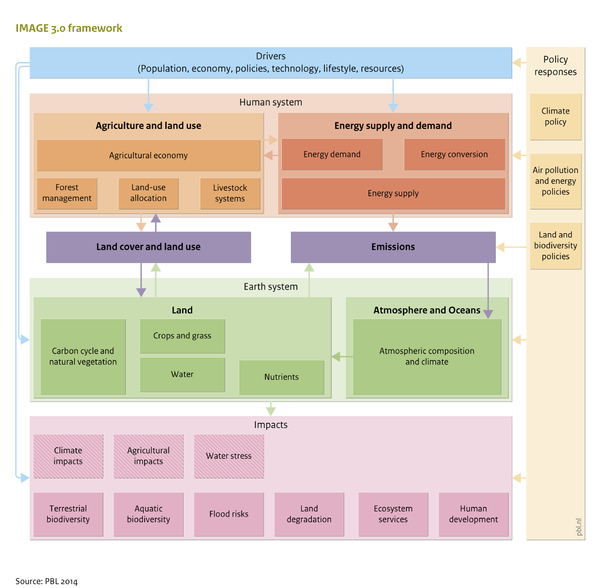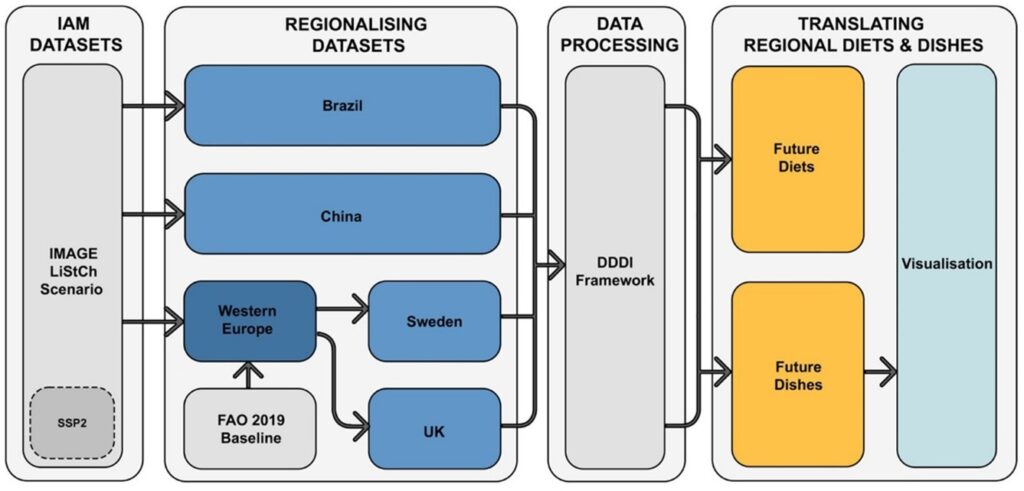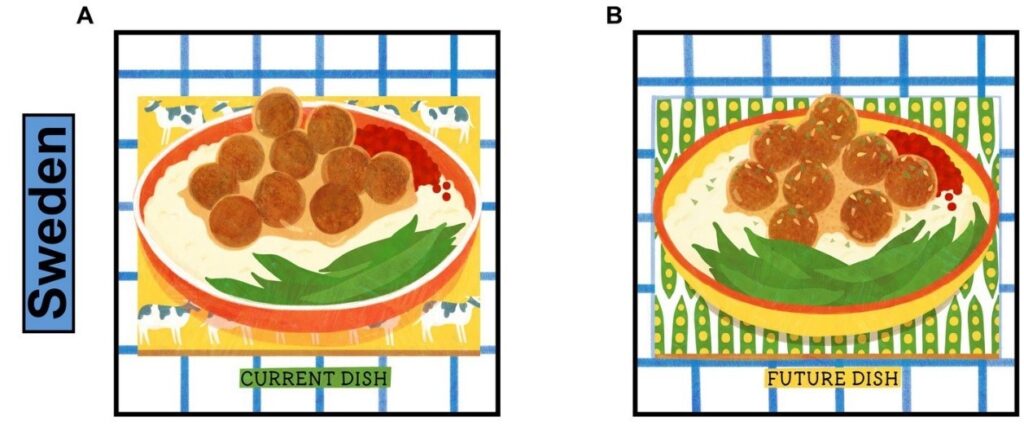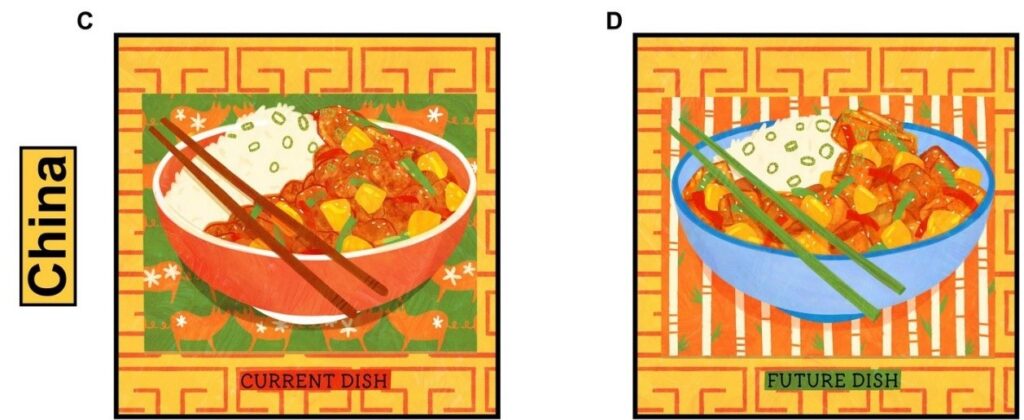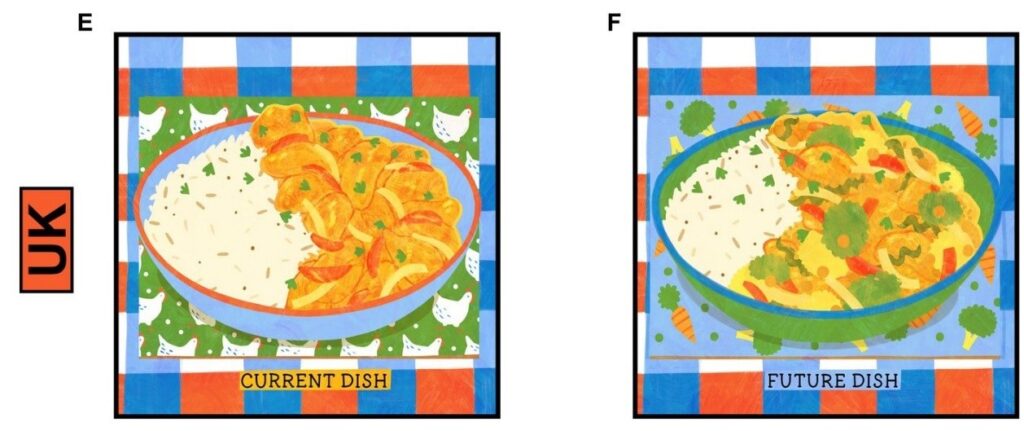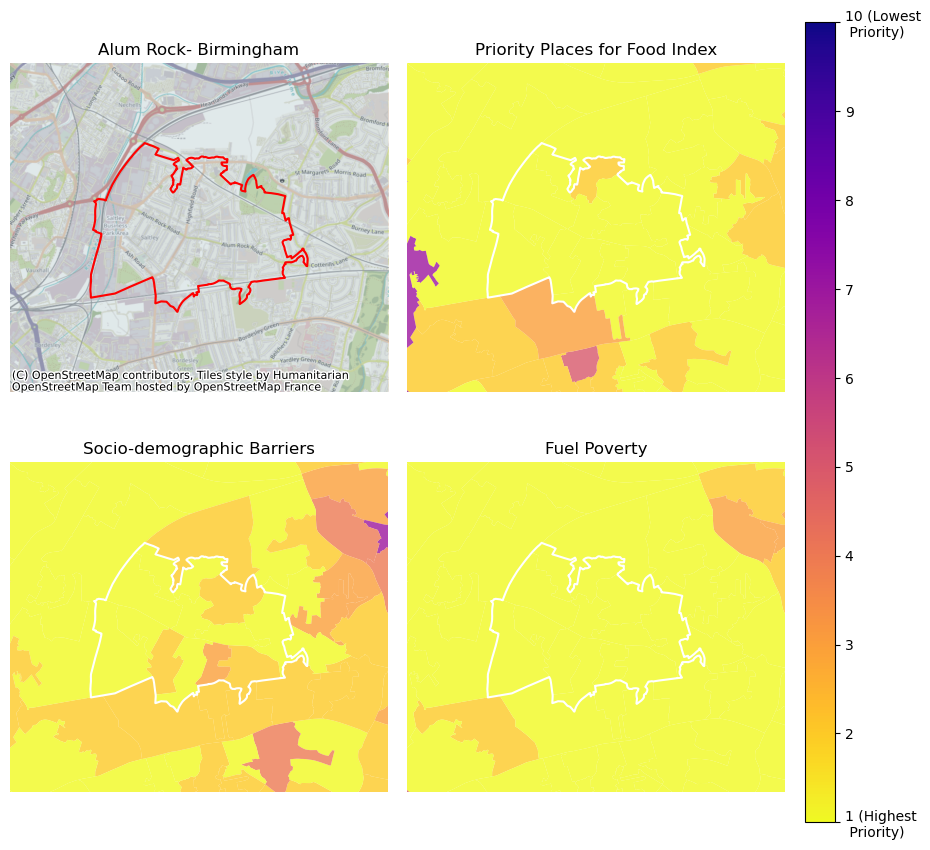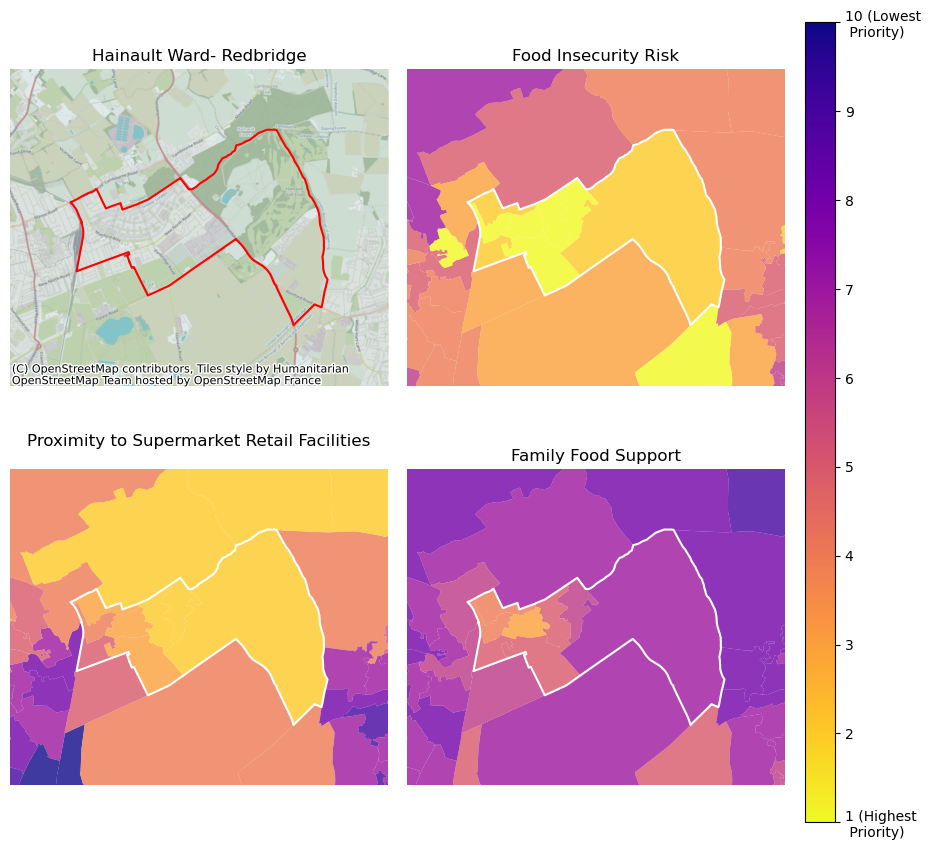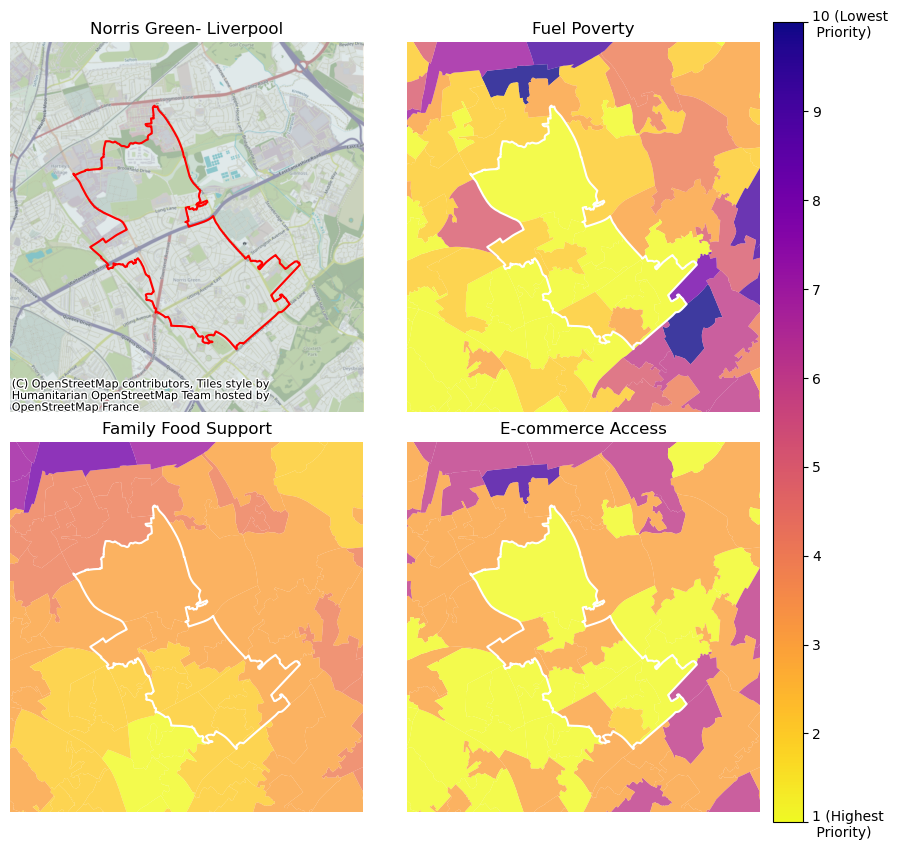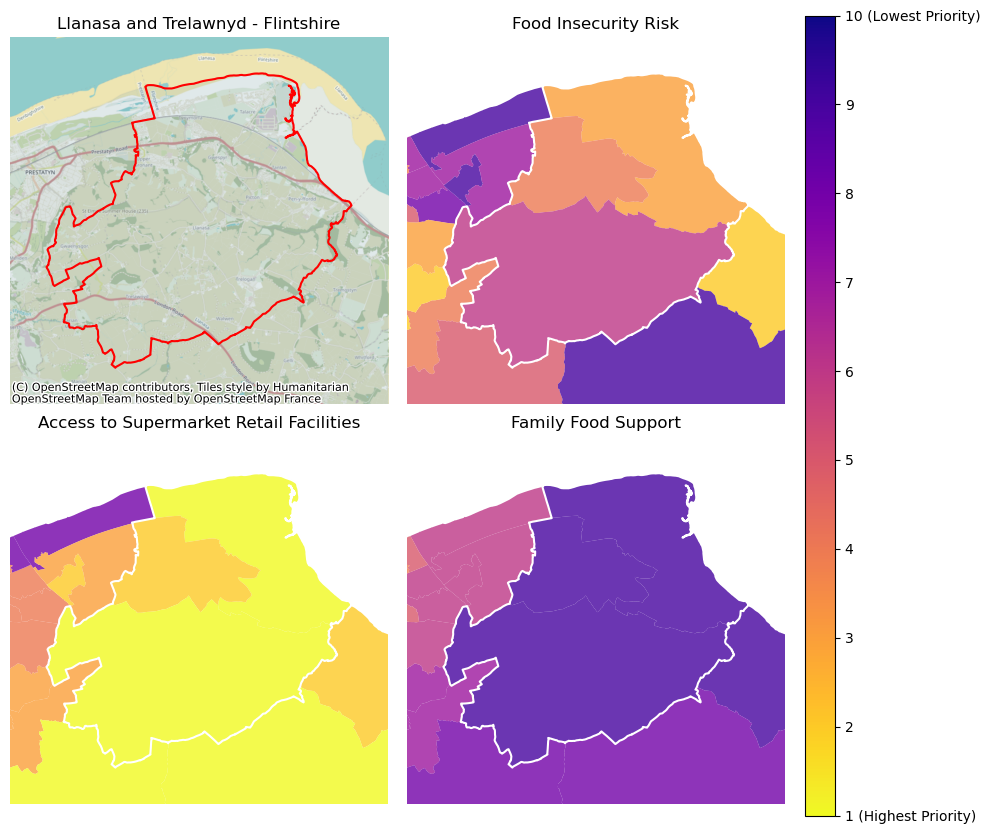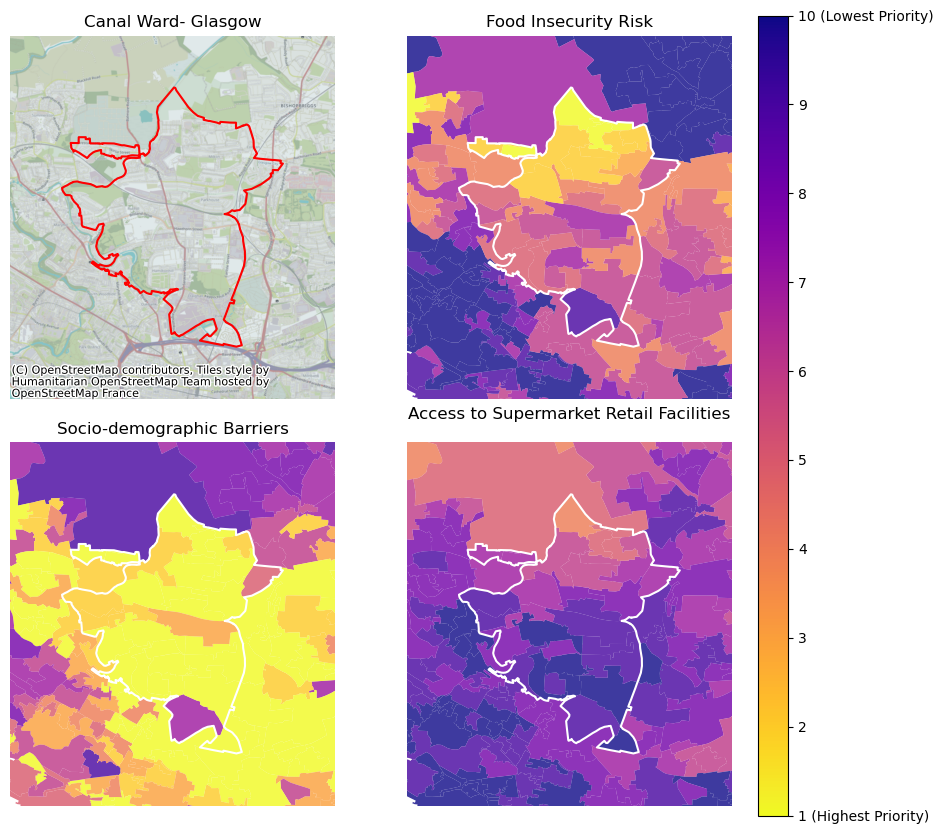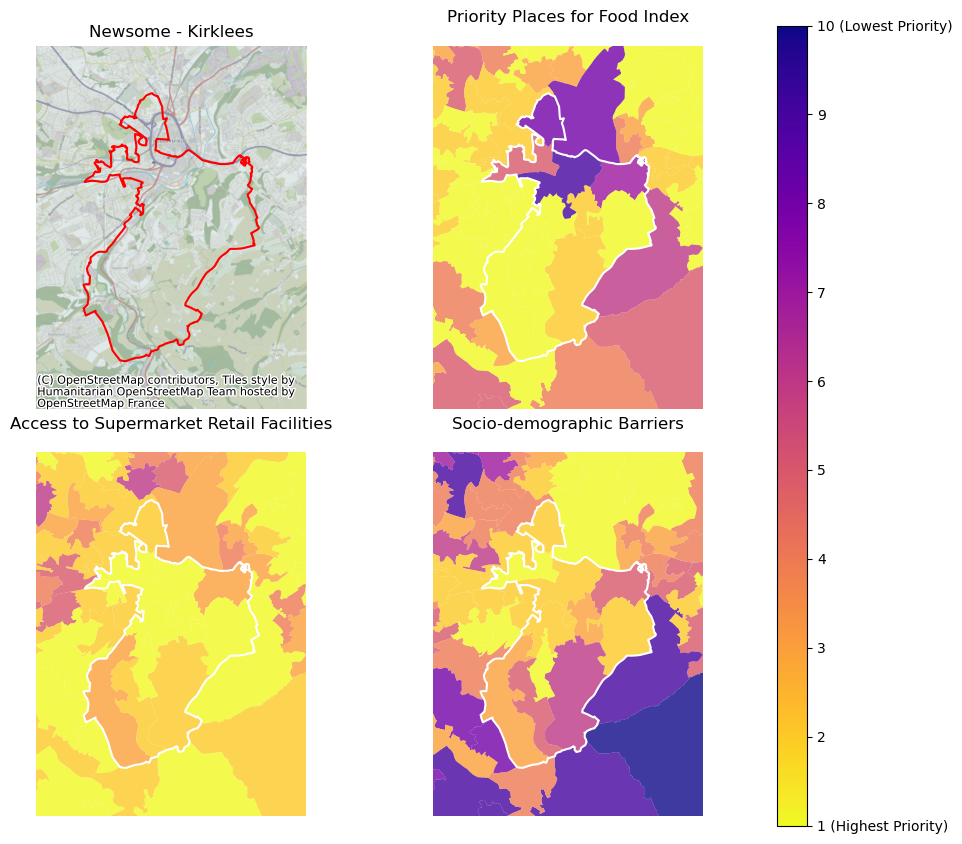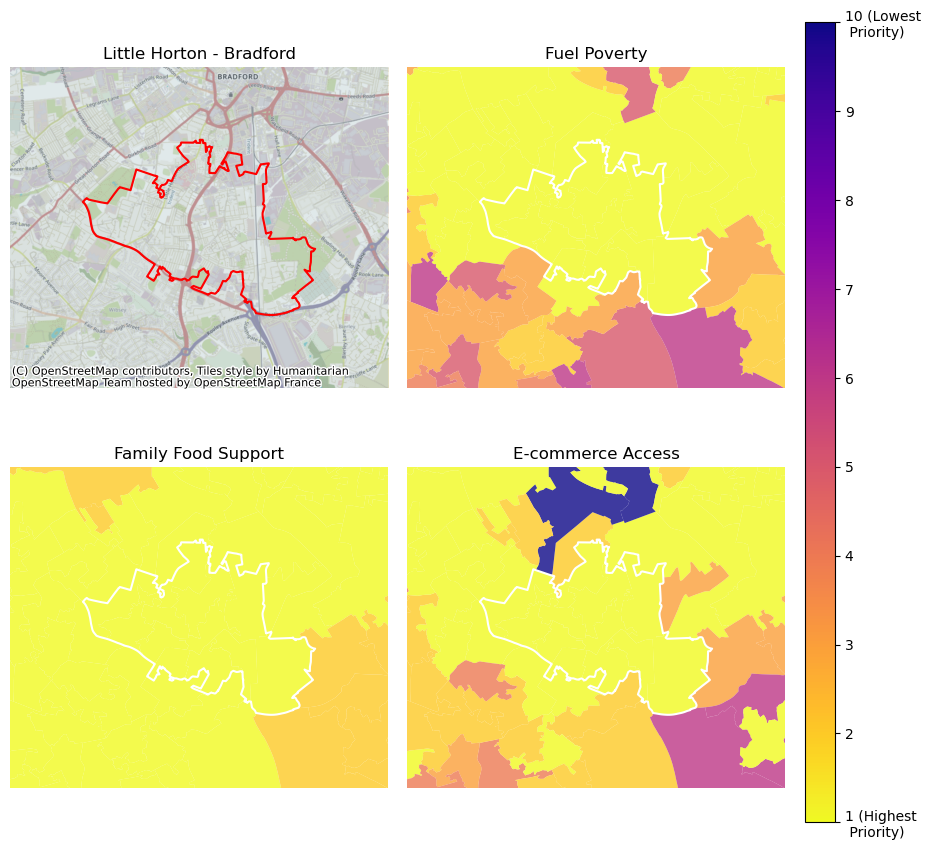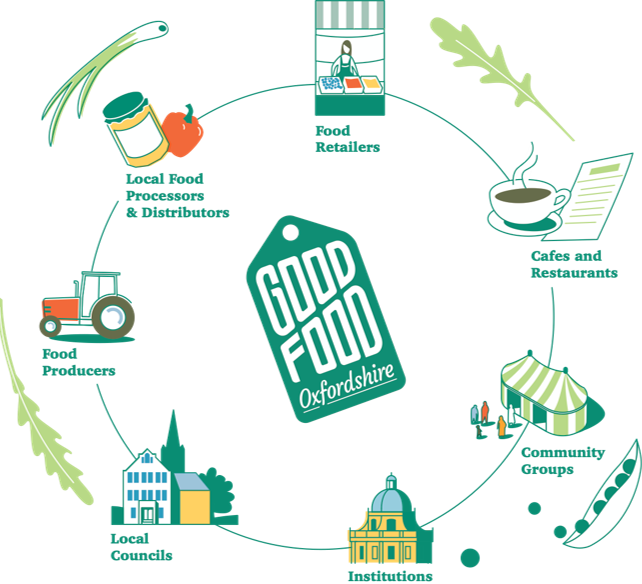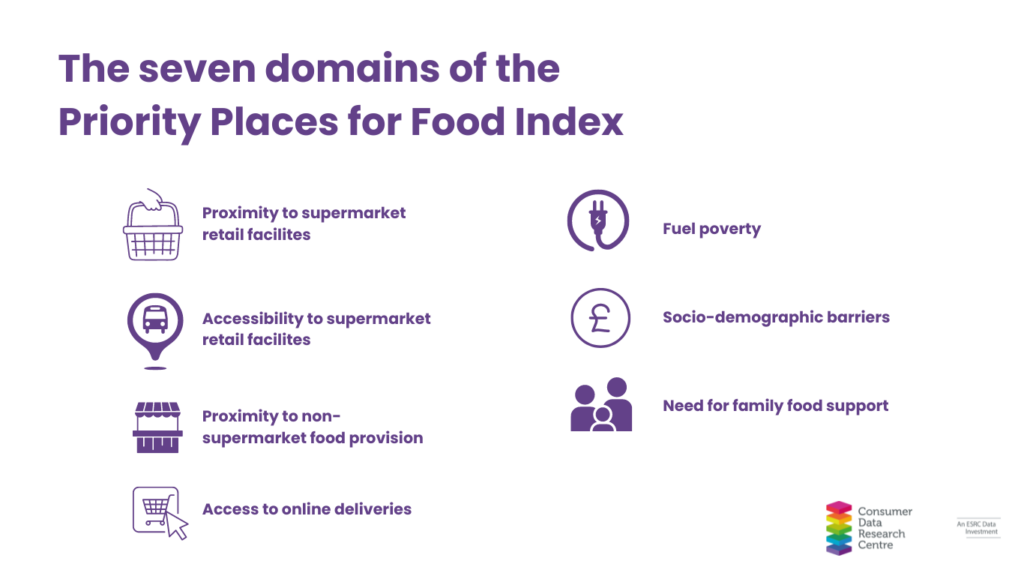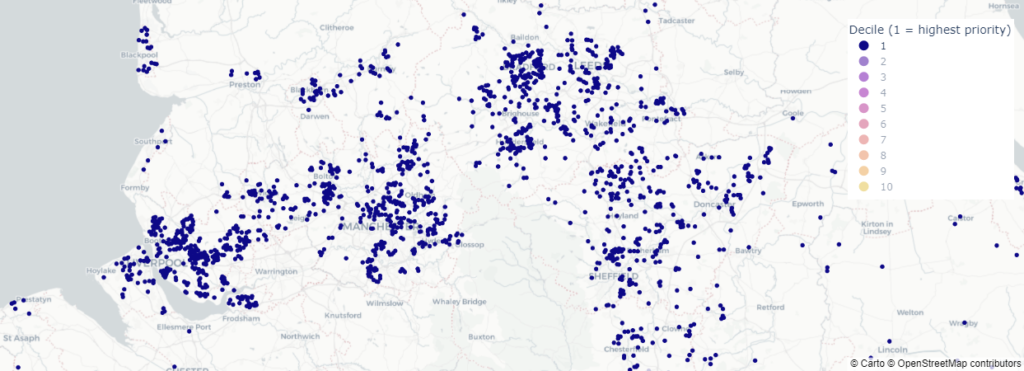
Since 1 October 2022, new legislation for England restricts the placement of some food and drink products High in Fat, Sugar and Salt (HFSS).
Products such as confectionery can no longer be placed at store entrances, ends of aisles, or at the checkout in large retail stores and their online equivalents.
The introduction of the legislation prompted the food industry to implement significant changes, including store layout changes by retailers and product reformulation efforts by manufacturers.
Understanding the impact of HFSS Legislation
Eighteen months on from the legislation’s implementation, a team of researchers led by Professor Michelle Morris, and supported by IGD, will be evaluating the impact of this legislation.
The team are working with ASDA, Morrisons, Sainsbury’s and Tesco, who collectively represent 65%* of supermarket sales, to understand the impact of the HFSS legislation restricting location placement of HFSS products.
The analysis, conducted by researchers at the University of Leeds as part of the DIO Food project, will answer the following research questions:
(1) What happened to HFSS product sales after introduction of the policy?
(2) What happened to the retail product portfolios after introduction of the policy?
(3) Were impacts of the HFSS legislation equitable across different sociodemographic groups across the country?
(4) Has the HFSS legislation led to healthier overall purchasing using Eatwell guide as a metric?
These questions will be answered using store level sales data, supplemented by contextual information collected in interviews and surveys with the retailers and customers.
Read the protocol on Open Science Framework.
Prof Michelle Morris said: “We really are delighted to be working with these four major retailers to evaluate such a significant policy and look forward to sharing findings once available”
Utilising CDRC Products
The sales data provided by the retailers will be for stores selected across deciles of our Priority Places for Food Index (developed in collaboration with Which? in 2022) to allow us to investigate whether the legislation has impacted different communities equally.
The researchers will analyse the impacts of the implementation from a health and sustainability perspective, using the Eatwell Guide.
The team will also use innovative data products created by CDRC’s Dr Fran Pontin (Eatwell algorithm) and Dr Victoria Jenneson (Nutrient Profile Model Calculator) in their analysis, providing insight that cannot be found elsewhere.
Building on previous real-life behaviour change trials
This research is part of a broader UKRI Transforming UK Food Systems academic collaboration, led by Professor Alex Johnstone at the University of Aberdeen, the Diet and Health Inequalities (DIO food) project.
The work package 6 partnership builds upon the University of Leeds ongoing programme of real-life behaviour change trials with IGD to build evidence on what works, and doesn’t, to shift consumers to healthier and more sustainable diets.
Dr Victoria Jenneson said “Applying our CDRC data products at scale will offer a unique perspective on the nuances of the legislation, such as equity. We are excited to uncover impacts on HFSS sales, and on changes to product portfolios too.”
We are looking forward to learning more from this interdisciplinary, cross sector team of Prof Michelle Morris and Dr Victoria Jenneson from the School of Food Science and Nutrition and Dr Alison Fildes and Dr Alice Kininmonth from the School of Psychology at University of Leeds alongside ASDA, Morrisons, Sainsbury’s and Tesco, IGD and wider DIO Food team.
*Kantar Worldpanel Grocery Market Share as of 17/04/24
This research is funded through the Transforming the UK Food System for Healthy People and a Healthy Environment SPF Programme, delivered by UKRI, in partnership with the Global Food Security Programme, BBSRC, ESRC, MRC, NERC, Defra, DHSC, OHID, Innovate UK and FSA. Grant award BB/W018021/1.












